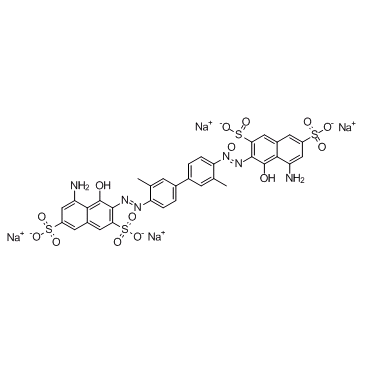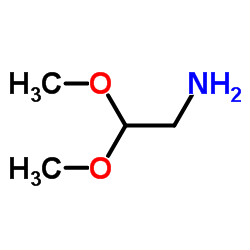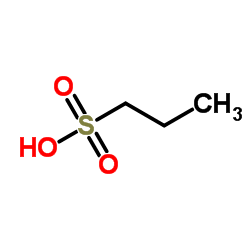| Structure | Name/CAS No. | Articles |
|---|---|---|
 |
Dimethyl sulfoxide
CAS:67-68-5 |
|
 |
Direct Blue 14
CAS:72-57-1 |
|
 |
2,2-Dimethoxyethanamine
CAS:22483-09-6 |
|
 |
Aminomethylphosphonic acid
CAS:1066-51-9 |
|
 |
propylsulfonic acid
CAS:5284-66-2 |
|
 |
8-Octanoyloxypyrene-1,3,6-trisulfonic acid trisodium salt
CAS:115787-84-3 |
|
 |
Malonamide
CAS:108-13-4 |